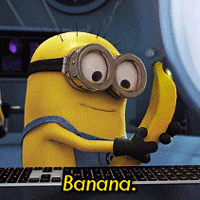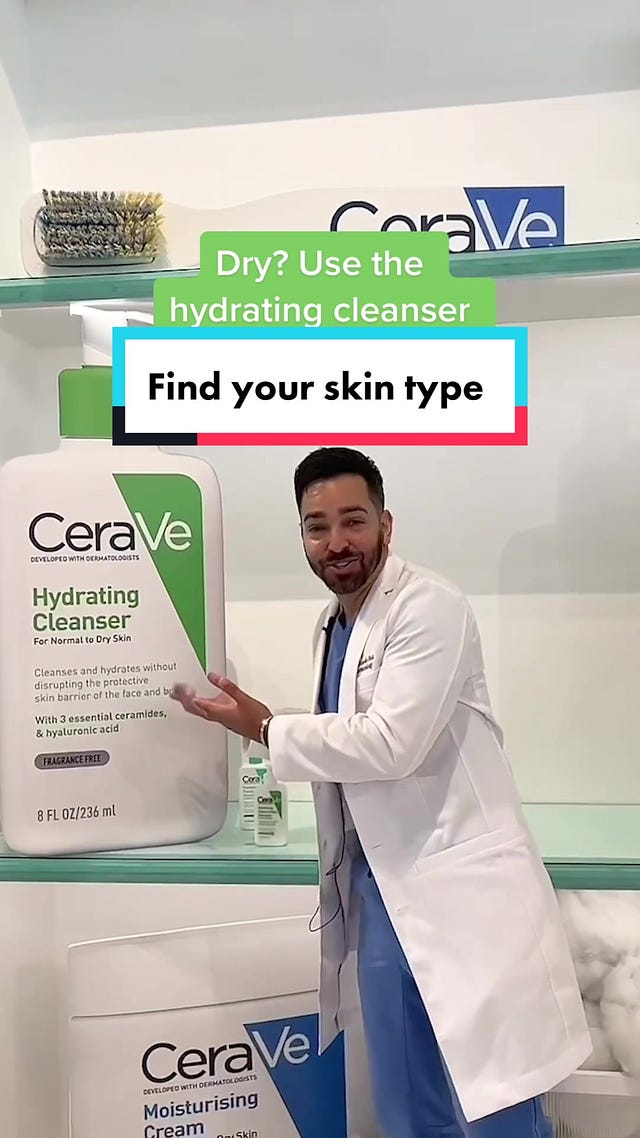MarketingDojo #16: What catches your attention?🛎️
The psychology of attention, a weird rebrand and a super-nutritious snack.
Happy banana day, everyone!
The third Wednesday of April is celebrated as a banana day to remember the amazingly nutritious and versatile fruit.
Ok, back to the serious stuff after that quick virtual snack.
In this newsletter, we will cover
🎥 HBO’s confusing rebranding
👀How marketing captures attention
💡Experts as influencers
🤔 BeReal might not BeInteresting anymore
And lot’s more.
Writing this newsletter is lots of fun. This week I spent 7.25 hours putting it all together. It would mean a lot if you could share this newsletter with your network.
It’s simple! Press the button below to get started.
Max Misfire: HBO's Confusing Rebranding.
Can you imagine if Coke Zero changed its name to just Zero or Scotch-Brite became just Brite?
It would sound pretty strange, right?
Warner Brothers went ahead and did exactly that by rebranding HBO Max to Max!
To be fair, Max is not the same as HBO Max. It combines various Warner Brother offerings such as Discovery and HBO. It also comes with ad-supported & ad-free tiers.
HBO has always been known for creating unique content, like Game of Thrones, Chernobyl, White Lotus, Succession, and The Last of Us. But this rebranding doesn't exploit their strong reputation for quality programming.
Here's a video from IGN that had me in splits. It's crazy because the rebrand makes no sense at all.
https://twitter.com/IGN/status/1647427339985489920
Also, RIP segmenting or positioning. Here's a statement from their press release:
Zig when others Zag.
Attention is everything.
Whether it is an ad on Facebook or new blog content, the end goal of all marketing efforts is grabbing attention.
This short read on the psychology of how marketing captures attention is an important one.
There are two sources of attention endogenous (intrinsic) and exogenous (extrinsic).
The most effective way to capture attention is to create contrast relative to the environment. Our brains are oriented to what has changed in the environment or what's different relative to the rest.
The grey one stands out in an aisle full of pink cartons.
In a category focused on rational benefits, a campaign that appeals to emotions will create a contrast
On the primarily blue LinkedIn feed, an orange ad will stand out
A small exercise:
Re-visit the environment in which our consumer interacts with our marketing messages - thru social media ads, on aisles of a store or in an exhibition.
What is the competition doing?
What are the common themes in marketing within the category?
How can one create a contrast?
Experts as Influencers: Cerave leads the way.
CeraVe, a skincare brand owned by L'oreal, gained immense popularity on TikTok in 2020, receiving a 128% increase in earned media value compared to the previous year.
The brand has many things going for it - It is reasonably priced and strips skincare to essential ingredients that deliver results.
But a big part of its success is its consistent marketing strategy - working with dermatologists to create and recommend the product.
Although the beauty and skincare industry is saturated with influencers, CeraVe's emphasis on collaborating with experts has helped the brand earn credibility & trust.
Here’s a TikTok from DermDoctor liked 1.7 Mil times and shared 35K times over!
No wonder, CeraVe is GenZ's favourite skincare brand.
Let’s BeReal about the say-do gap.
“People don’t think how they feel, they don’t say what they think, and they don’t do what they say.” - David Ogilvy.
The negative effect of filtered, curated images on Instagram on Gen Z is well documented. Hence BeReal’s popularity with Gen Z was no surprise.
BeReal is an anti-Instagram app where users share unfiltered and unedited moments of their lives with their followers. But it turns out that sharing and seeing the mundane side of each other’s lives stops being fun quickly.
NYTimes article on the falling engagement of BeReal spotlights the say-do gap we see so often.
The number of people who use the app daily has dropped 61 per cent from its peak, from about 15 million in October to less than six million in March, according to Apptopia. That’s a steep fall.
The "say-do gap" refers to the discrepancy between what people say and what they do in practice. This gap between what customers say and do is often the death valley for many products & companies.
Regarding social media & content, we have heard so much about how our customers want authentic, raw experiences. Yet, if BeReal’s engagement numbers are anything to go by -it is tough to wean GenZ away from the dopamine hit of the curated world of Instagram.
Creative Excellence: One unique way to announce a partnership.
Strava and Spotify is a no-brainer partnership. Their announcement post is no less genius, either.
Meme time: When you want to copy a big brand but have 0.00112% of the budget.
Short Stuff:
Google announced the removal of four attribution models from both Google Ads and Google Analytics, including first-click, linear, time decay, and position-based attribution models. (Not everyone is happy about this).
White House courts influencers with their own briefing room (influencers are everywhere)
A short history of the evolution of Instagram’s logo. (Logo legacy).
That’s all for today. I hope you enjoyed this week’s newsletter. Thank you for your time and attention. It’ll be awesome if you could comment, like or share.
Signing off,
Garima
P.S.: A photoshoot without stepping out of my house.
I hopped on the bandwagon of getting AI-assisted headshots. Tryitonai.com gave me 100 headshots for USD17. Many didn’t look like me. Some of them looked just a bit like me, under good lights and layers of makeup. Nevertheless, it was a fun experiment.
Which one do you think resembles me the most?













